By Leah S. Dunaief

Thanksgiving Day would have been my sister’s 78th birthday. But my parents were told at her birth that she would not live long because she had Down syndrome, a genetic disorder. In fact, one of the physicians at the hospital commented, “Best to just throw her in the garbage.” My mother, who was deeply religious, advised the doctor that he was not God, told him in no uncertain terms where he could go, and together with my father, brought my sister Maxine to our loving and supportive home.
That was 1942, when no one ever saw a Down syndrome child, with the characteristic physical markings of a round face, almond-shaped and up-slanting eyes and short stature, on the streets of New York. As a result, she was the object of stares when we were in public. Fortunately, she was a happy and social child, and when she saw people staring, she would wave at them, smile and say, “Hello.” If they stopped, she would continue with, “How are you?” and even, “How old are you?” She would then advise them that they looked much older and thus make them laugh.
Even as late as 1960, the life expectancy of people with Down syndrome was considered to be 10. But by 2007, on average and according to the Centers for Disease Control and Prevention, persons born with Down would live to be about 47 years old. My sister made it to 65.
Why the dramatic difference within one lifetime? The easiest answer is the change in attitudes about children with Down syndrome. When Maxine was born, such children were routinely institutionalized, where they received notoriously poor treatment and lived in horrible conditions. Journalist and lawyer Geraldo Rivera, in 1972, exposed the neglect and abuse in Staten Island’s Willowbrook State School. It broke people’s hearts and was a change agent, and such facilities began to disappear.
Since the 1970s, a Down syndrome child is to be given a free and appropriate education like any other child in the United States by law. When my sister was six, my mother brought her to the neighborhood elementary school to register her for first grade. That was the first of many times she and Maxine were turned away. With great patience, my mother taught Maxine how to read “Dick, Jane and Baby,” to write her name and address between the lines, and to do arithmetic on a second-grade level. Ultimately Maxine attended a Catholic school in Brooklyn for children with special needs. My sister also had a natural gift for music, often spending many minutes playing familiar melodies by ear on the household piano.
I was reminded of all this by December’s Atlantic monthly magazine’s cover story, “The Last Children of Down Syndrome.” The article, by Sarah Zhang, focuses on prenatal genetic testing, the impact it’s having on the number of children born with special needs, and its effects on world-wide population as it becomes easier and more widespread. Her report is centered in Denmark, which in 2004 became one of the first countries to offer free genetic Down syndrome screening to every pregnant woman. She writes that since universal screening was offered, the number of parents who chose to continue a pregnancy after a Down diagnosis, in 2019 for example, was seven. What does the universal introduction of choice indicate about the future of humanity as genetic testing gets more sophisticated? she asks.
What is the value of a human life? The article poses the question, as well as dealing with the terrible pressures of choice. My mother was 36 when she gave birth to my sister. Age 35 and older is considered higher risk for the birthing of a Down syndrome child. There wasn’t the choice of amniocentesis then, certainly not other genetic testing, but had there been, I know how my parents would have reacted. They would have carried on in the same way.

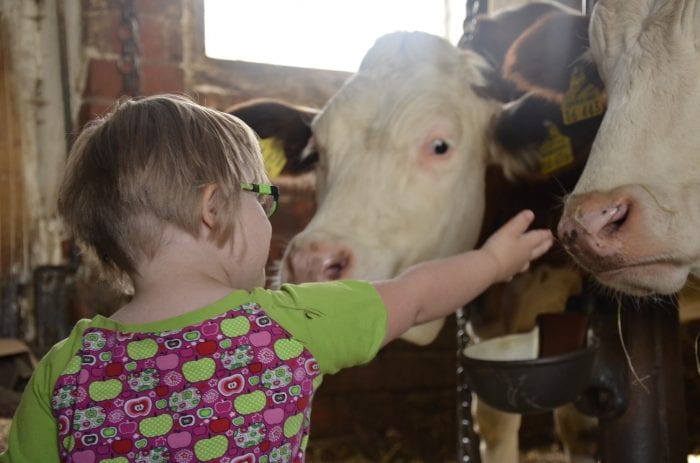
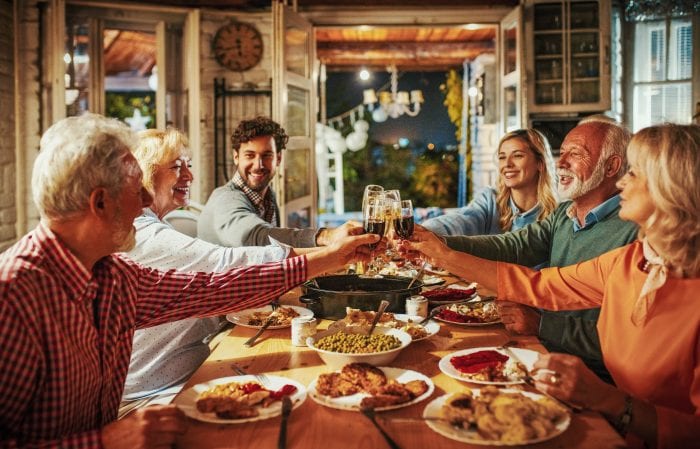

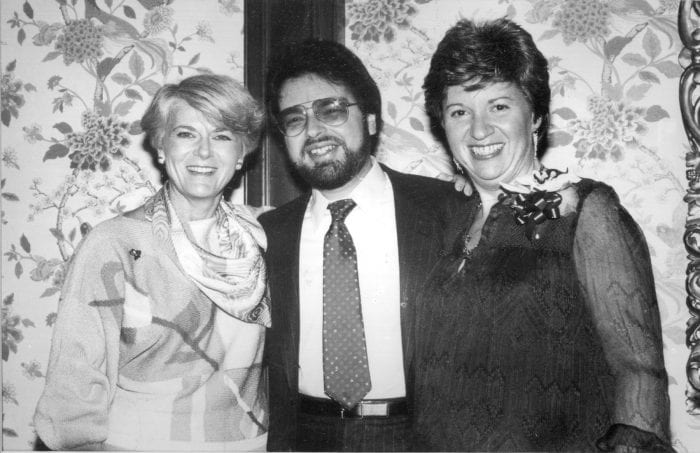



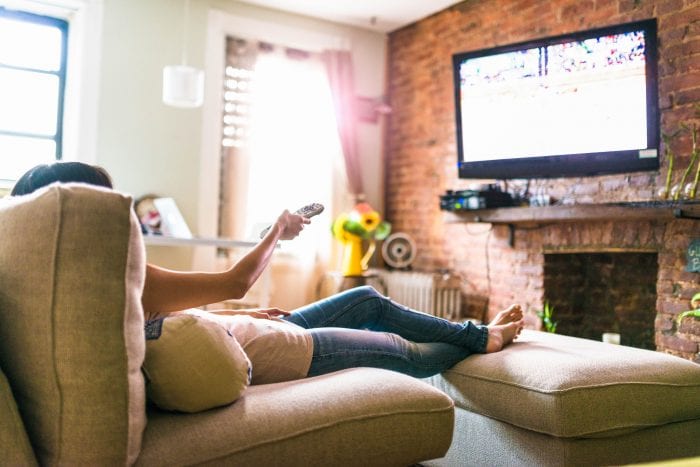

 The scene shifts from Chiang Kai-shek’s Nationalists and Mao Zedong’s Communists to Japanese-occupied Manchuria, to the bucolic Cotswolds of England, where she lived during much of WWII as a housewife and mother. In addition to caring for a husband (who was himself a lower level spy with no idea of his wife’s top level position) and two children, she managed spy drops and transmitted coded messages as an expert radio operator and in Morse code, all the while eluding the German, British and American secret services hunting for her. Without ever wearing a military uniform, she held the rank of colonel in the Soviet army. “Domesticity was the perfect cover,” according to reviewer Marton.
The scene shifts from Chiang Kai-shek’s Nationalists and Mao Zedong’s Communists to Japanese-occupied Manchuria, to the bucolic Cotswolds of England, where she lived during much of WWII as a housewife and mother. In addition to caring for a husband (who was himself a lower level spy with no idea of his wife’s top level position) and two children, she managed spy drops and transmitted coded messages as an expert radio operator and in Morse code, all the while eluding the German, British and American secret services hunting for her. Without ever wearing a military uniform, she held the rank of colonel in the Soviet army. “Domesticity was the perfect cover,” according to reviewer Marton.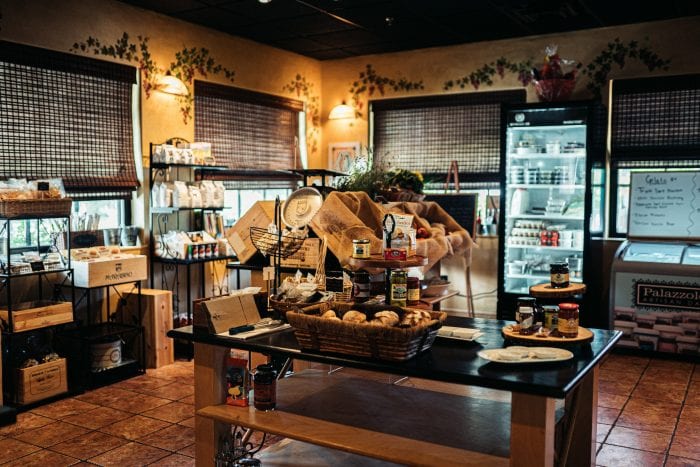
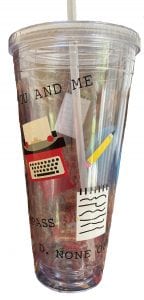 The other example involves my oldest grandson. He is known to some of you as the filmmaker of the historic “One Life to Give,” telling the story of Nathan Hale, Benjamin Tallmadge and the beginnings of the Revolutionary War Culper Spy Ring that was shown at the Staller Center and is being viewed in school districts.
The other example involves my oldest grandson. He is known to some of you as the filmmaker of the historic “One Life to Give,” telling the story of Nathan Hale, Benjamin Tallmadge and the beginnings of the Revolutionary War Culper Spy Ring that was shown at the Staller Center and is being viewed in school districts. 


